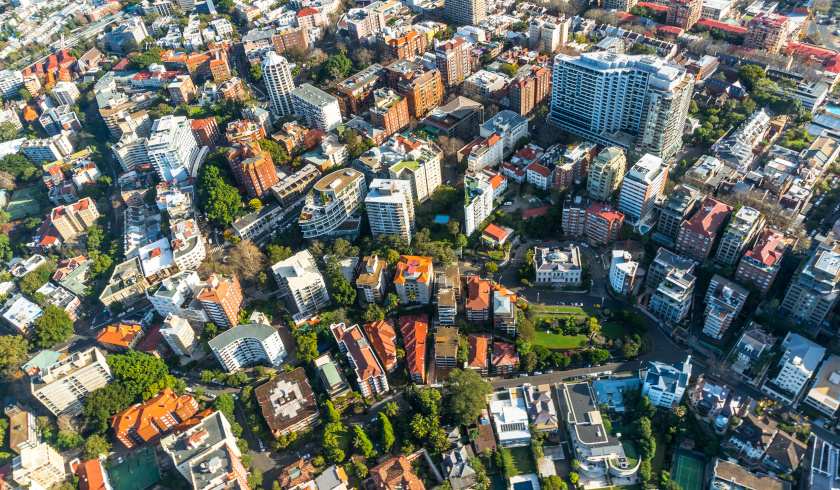Rental vacancies rates revealed for January in NSW
Key areas in NSW saw a rise in their vacancy rate, including Sydney, the Illawarra and the Hunter.

Sydney
The latest edition of the REINSW Residential Vacancy report from the Real Estate Institute of NSW showed that, overall, Sydney’s vacancy rate rose for the month to 15 January to 3.7 per cent, up from 3.2 per cent.
To continue reading the rest of this article, please log in.
Create free account to get unlimited news articles and more!
This was led by the Inner and Outer Sydney rings, which rose to 3.2 per cent from 3 per cent and 3.5 per cent from 3.3 per cent, respectively. This was despite Middle Sydney’s decline in vacancies to 4.2 per cent from 5.1 per cent the month before.
Commenting on the overall rise, REINSW president Leanne Pilkington said responses from real estate networks have been defying the overall trends.
“Feedback from real estate agencies in Sydney’s middle ring – such as in Parramatta, Auburn and Bankstown – has been that the higher vacancy rates are due to new apartment developments, which have led to a market surplus. Landlords are finding it difficult to adjust by reducing rent,” Ms Pilkington said.
“At the same time, real estate agencies in Sydney’s inner ring who report to us regularly – for example in Campsie, Gladesville and Artarmon – have shown a decrease in their vacancy rates this month.”
The Hunter
The vacancy rate in the Hunter area rose slightly to 2 per cent, up from 1.9 per cent. Newcastle followed with a rise to 2.5 per cent, up from 1.9 per cent.
“Agent feedback in Newcastle suggests that it is getting harder to find tenants, with a slower market and a surplus of properties up for lease,” Ms Pilkington said.
The Illawarra
Overall, the Illawarra region saw a leap to 2.9 per cent, up from the previous month’s 1.5 per cent, with major region Wollongong rising to 3.9 per cent from 2.7 per cent the month before.
Despite this, Ms Pilkington said she is hearing of a rise in demand for rental properties.
“Agents have let us know there are a lot of new developments in the area – mainly for student housing – boosting Wollongong’s vacancy rate,” she said.
“Demand for student housing has also led to established residents in the area renting out their granny flats and rooms, which is also a contributing factor.”
The rest of the state
Across other areas of NSW, rises in vacancy rates were felt in Murrumbidgee at 1 per cent from 0.9 of a percentage point, New England and the Mid-North Coast, both at 2.1 per cent from 1.9 per cent and 1.8 per cent, respectively, the Central Coast at 2.3 per cent from 2 per cent, and the Riverina, which rose to 3.1 per cent from the previous month’s 2 per cent.
Meanwhile, the areas that saw vacancy rates fall were Orana at 1.9 per cent from 2 per cent, Albury at 1.9 per cent from 2.2 per cent, the South Coast at 1.6 per cent from 1.9 per cent, the Central West region at 2.2 per cent from 2.7 per cent, the South Eastern region at 1.3 per cent from 1.8 per cent and Coffs Harbour, which saw the largest decline at 1.2 per cent from the previous month’s 1.9 per cent.

